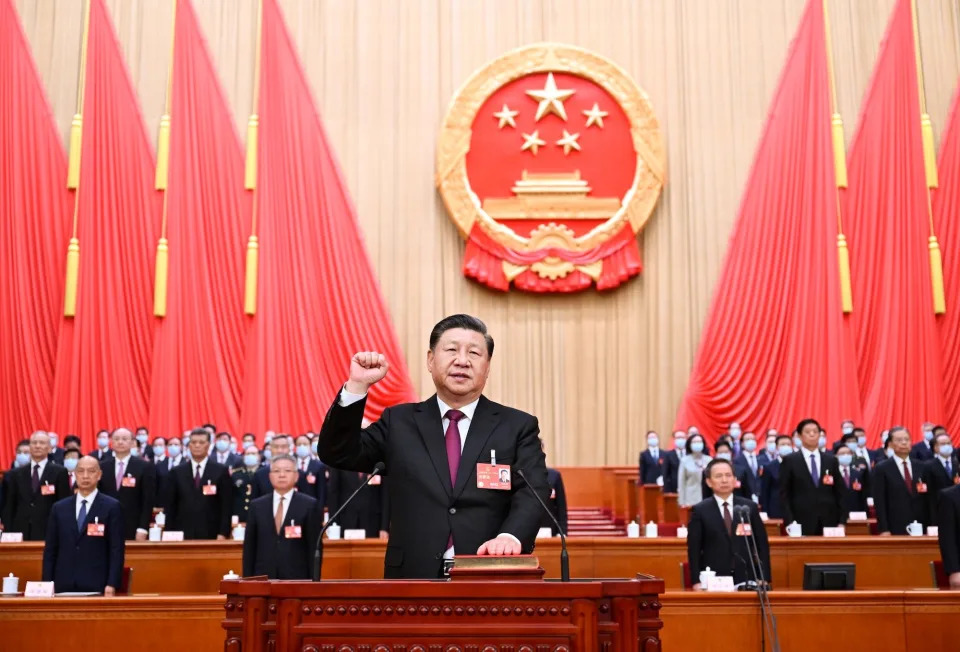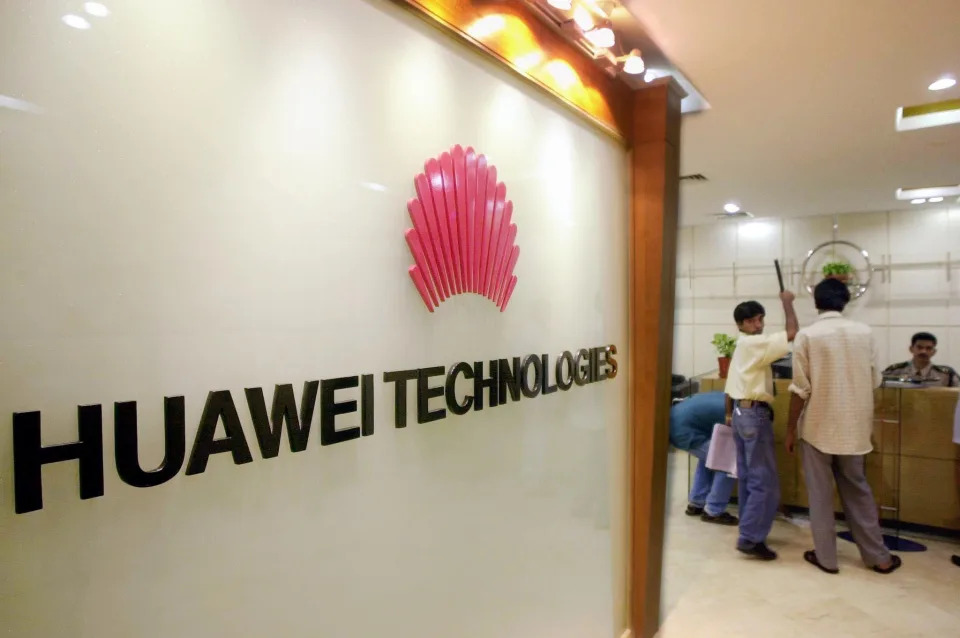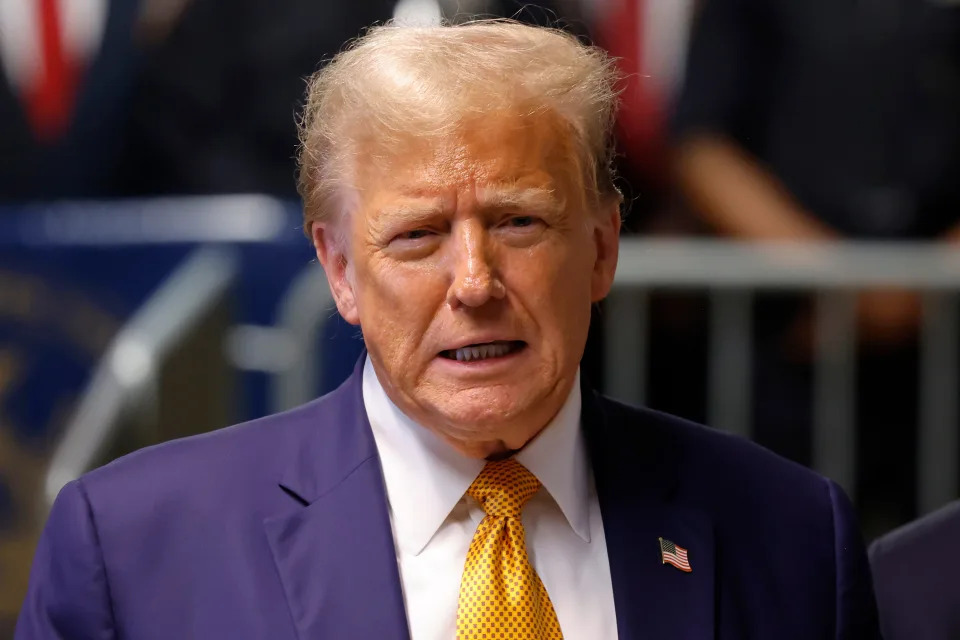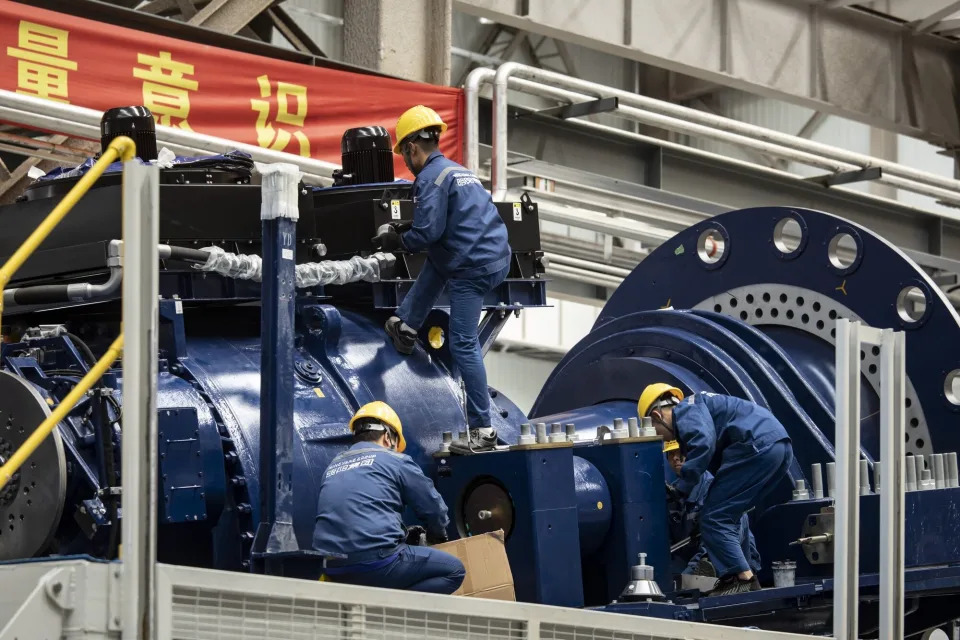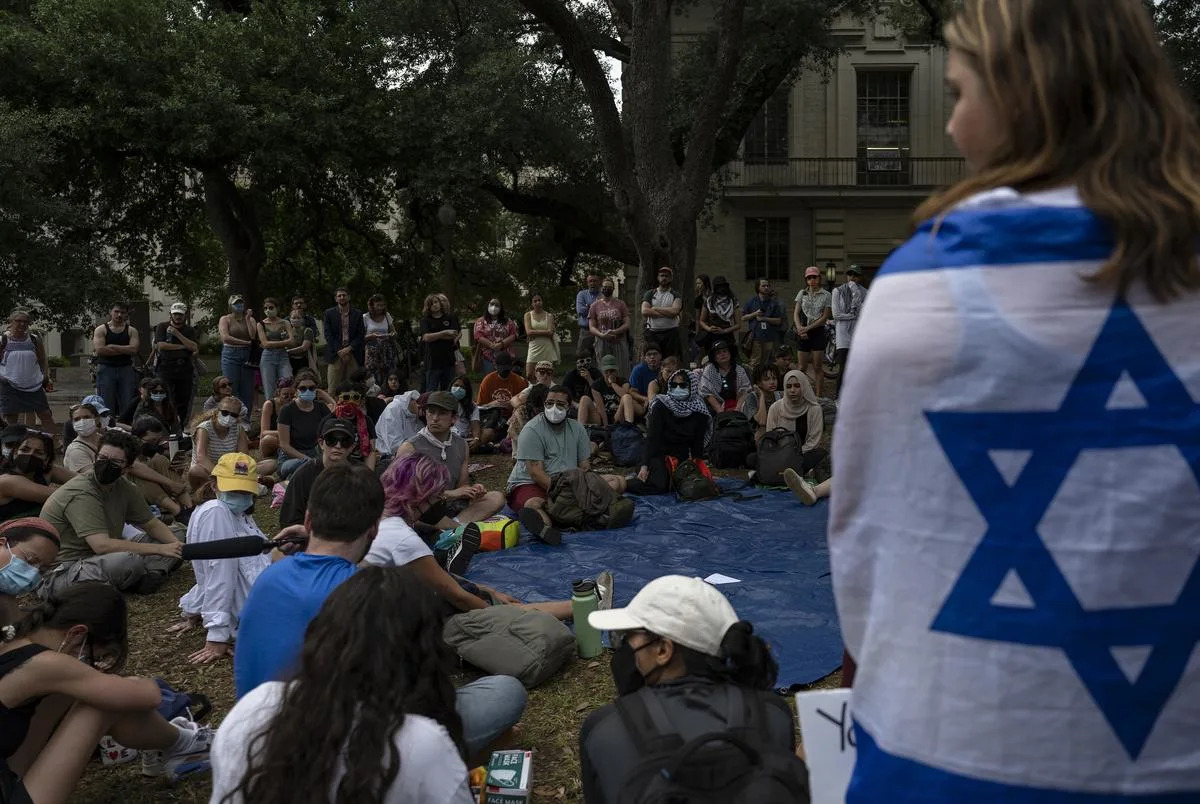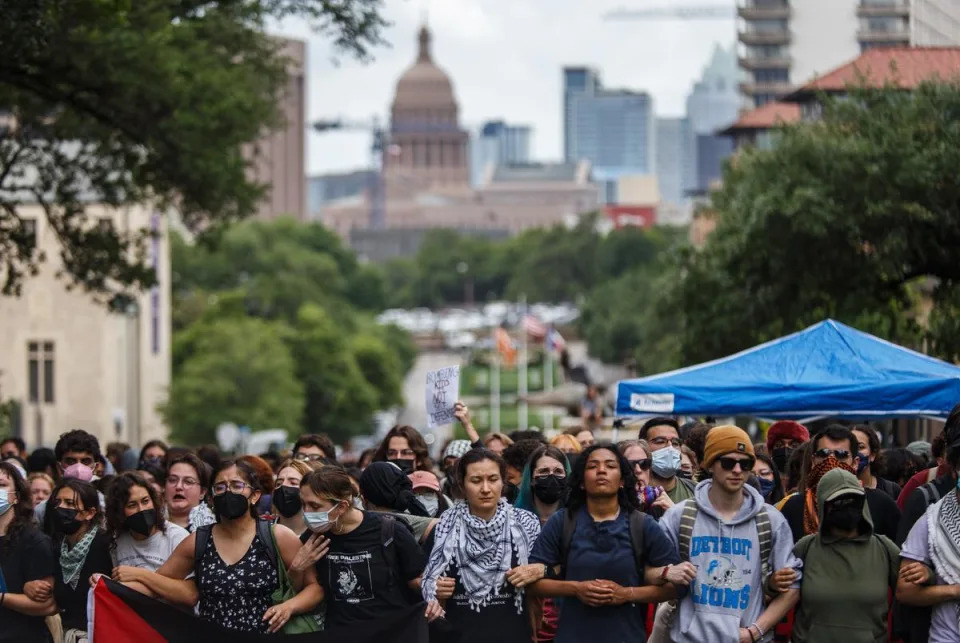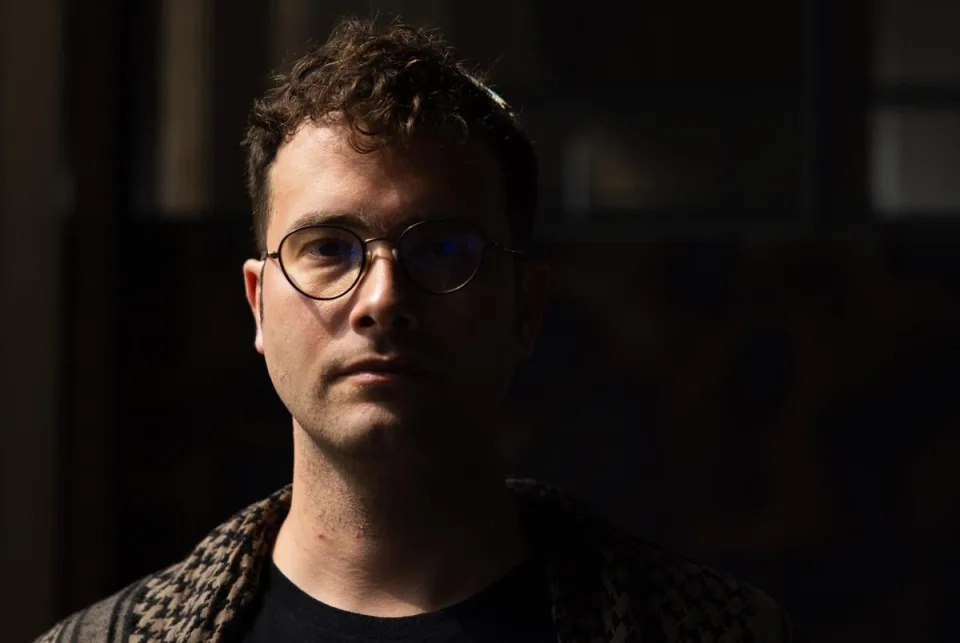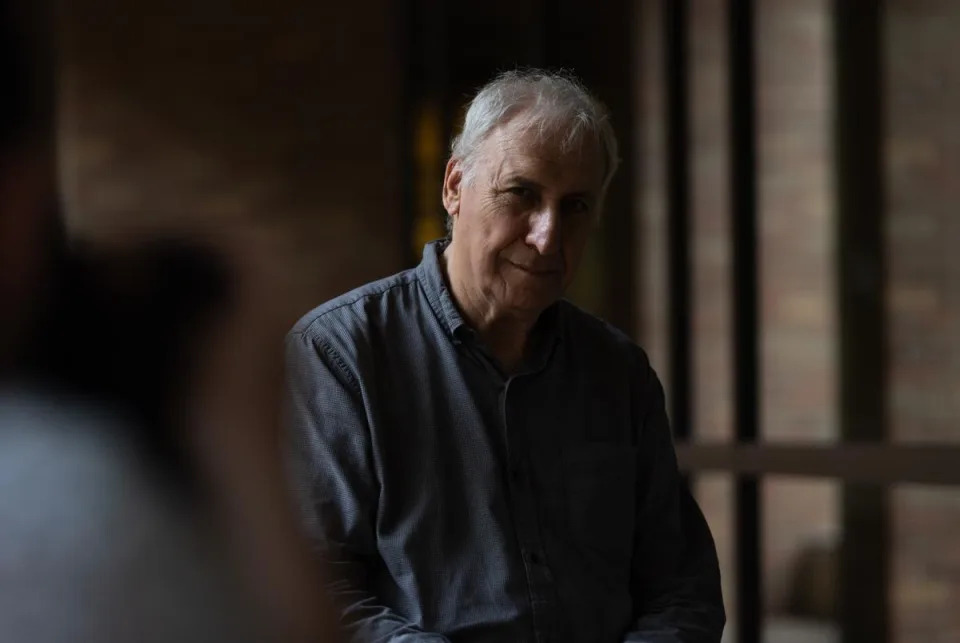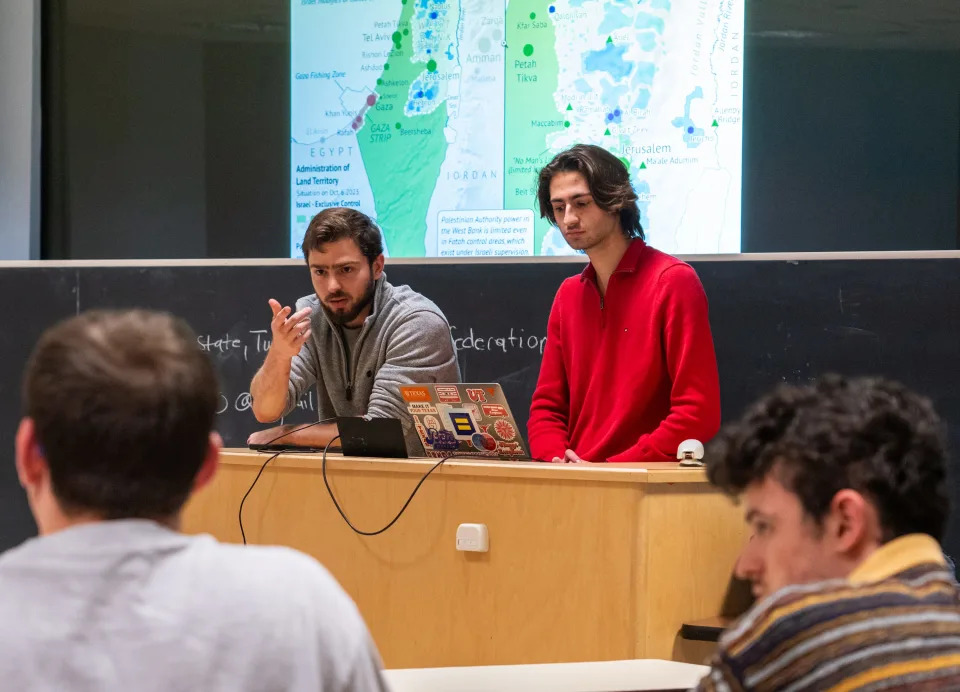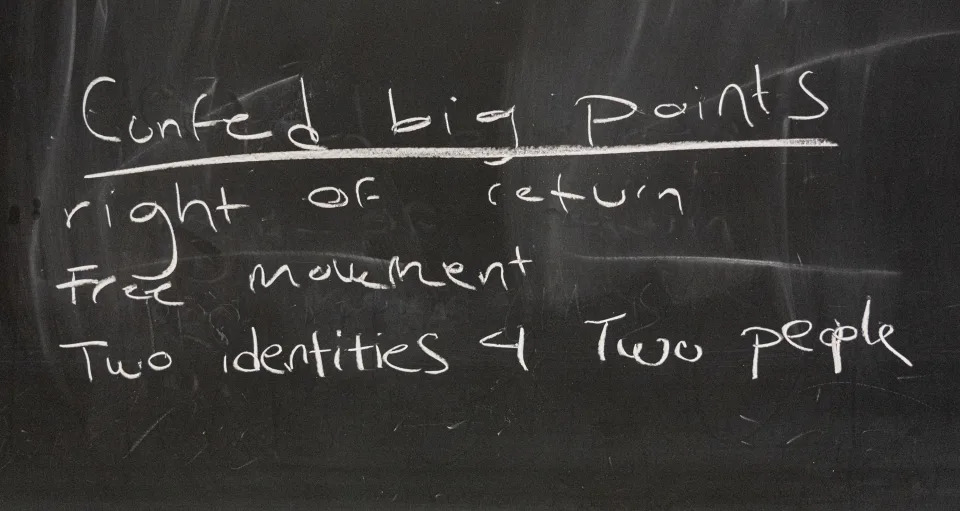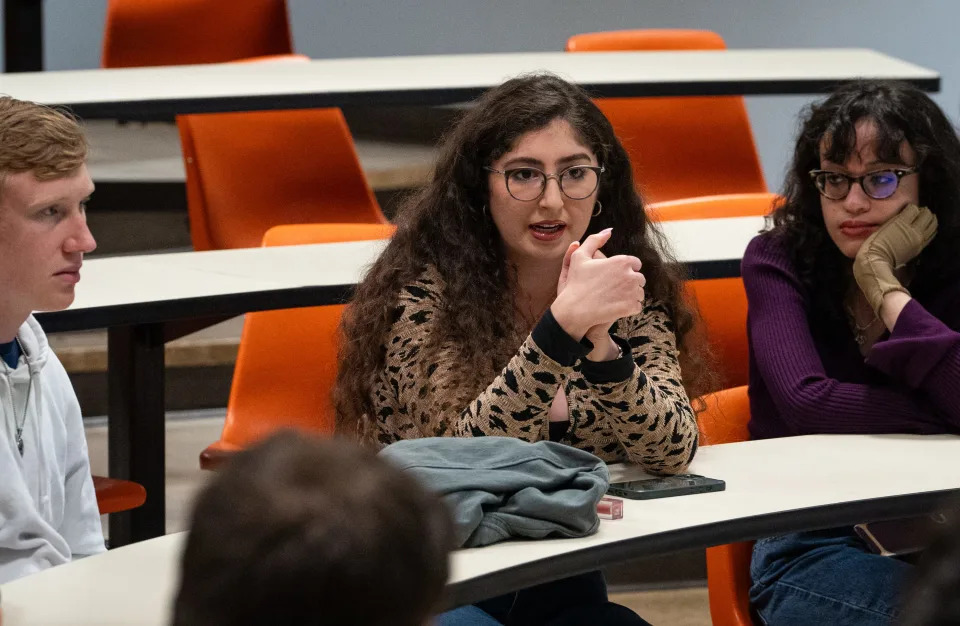South China Morning Post
Wed, May 22, 2024
China should look to Africa to diversify its supply chains and counter overcapacity claims from the West, according to the head of the Africa Finance Corporation.
AFC chief executive Samaila Zubairu said China, a world leader in renewable energy, should consider moving part of the industry's supply chain to Africa, rather than seeing the continent as just the source of raw materials.
"Most of the [new energy] supply chain is in China. What we want China to do ... is to look at Africa as a way of diversifying the supply chain because Africa has minerals and metals to support this," Zubairu said during an interview in Doha.
Do you have questions about the biggest topics and trends from around the world? Get the answers with SCMP Knowledge, our new platform of curated content with explainers, FAQs, analyses and infographics brought to you by our award-winning team.
"Africa also has renewable energy sources, so the processing of these materials should have been in Africa."
The remarks come as China is facing accusations that its overcapacity has damaged manufacturing sectors in the West, particularly in new energy.
Zubairu said a bigger shift towards Africa could help to tackle concerns, particularly from Europe, about China's manufacturing overcapacity and carbon emissions.
"We're seeing the African market exists not just for Africa, but for the rest of the world," he said.
"Because if you process in Africa, you can use [Africa's] renewable energy to process, and you will have a lower carbon footprint. You can also export from Africa to Europe."
In Africa, an increasing number Chinese new energy products have been entering the market. Imports of new energy cars were up by 291 per cent in 2023 from the previous year, lithium battery imports grew 109 per cent, and photovoltaic products from China were up by 57 per cent.
But China's imports from Africa are still mostly raw materials such as crude oil, copper, cobalt and iron ore, which together made up more than half of the total imports in 2022. And while China's imports from Africa continued to rise that year, its trade surplus with the continent amounted to nearly US$47 billion.
China is investing more in new energy manufacturing, mostly electric vehicles, in wealthier nations on the continent such as Egypt, Morocco and South Africa. But most Chinese investment still goes to the traditional building materials, mining and construction sectors.
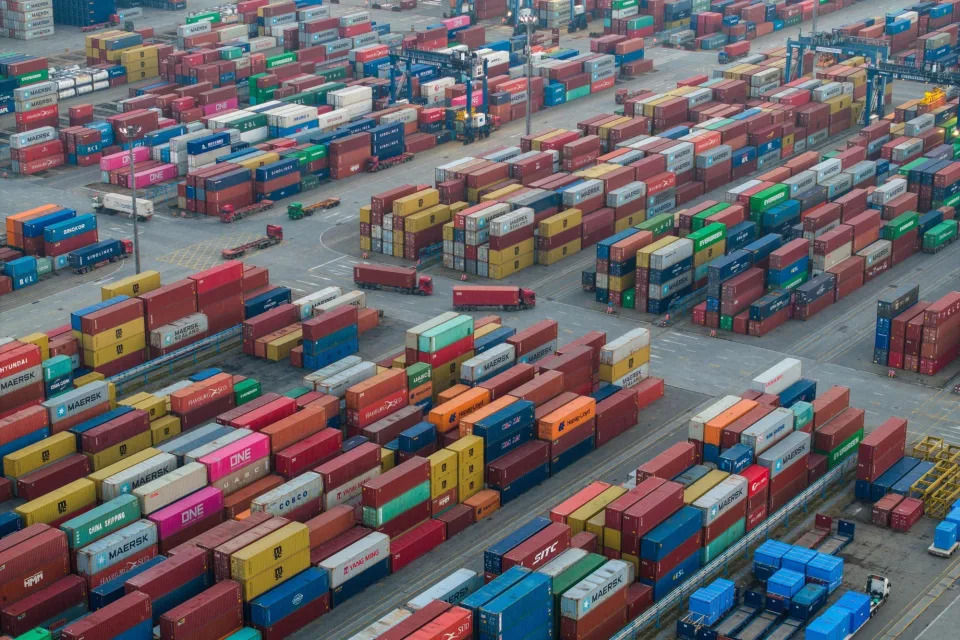
China's trade surplus with Africa was more than US$47 billion in 2022. Photo: AFP alt=China's trade surplus with Africa was more than US$47 billion in 2022. Photo: AFP>
China's outbound foreign direct investment in the electric vehicle sector - a key area for overcapacity concerns - is expected to reach a record high for 2023, with more than half of that investment in Europe, the Middle East and North Africa, and Asia, according to consultancy firm Rhodium Group.
More investment tends to go to North Africa because of the region's proximity to Europe and America.
Morocco, the biggest beneficiary in the region, has for example received multibillion-dollar contracts from Chinese and European new energy companies to set up manufacturing sites at Mohammed VI Tangier Science and Technology City - a Chinese-backed tech hub project.
Sub-Saharan Africa tends to miss out on investment from China because of the relatively low capacity of its manufacturing infrastructure.
Zubairu said most of the AFC's funds go to "developing and financing infrastructure, natural resources and industrial assets".
The AFC, a multilateral financial institution, is a key borrower with Chinese state policy lender the Export-Import Bank of China, or Exim Bank. In the latest transaction, Exim Bank agreed to advance another US$300 million to the AFC last year.
"We build the infrastructure that enables industrialisation to take place on the continent," Zubairu said.
He also touched on the intensifying US-China rivalry over trade and technology, saying it could be seen as an opportunity for Africa rather than a challenge.
"We were not fighting anybody. We don't really have any challenge with anybody about investments," he said. "We are open and ready to do business with anybody that wants to do business in Africa."
One such example is the Lobito Atlantic Railway. The US government has pledged a billion dollars to refurbish the railway - its first major project in Africa in decades - in a challenge to China's influence on the continent.
The railway will stretch 1,300km (808 miles) through mineral-rich Zambia and the Democratic Republic of Congo to create a logistics corridor to the Atlantic port of Lobito in neighbouring Angola.
Zubairu said African leaders also needed to take opportunities and make good business decisions. "Take ownership, take responsibility and act, and then people will follow," he said.
Copyright (c) 2024. South China Morning Post Publishers Ltd. All rights reserved.


